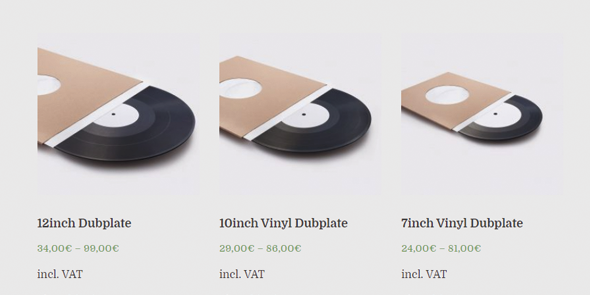

Dubplate culture was always about exclusivity. If a track comes on the radio, everyone can hear it and so the buzz might be big, but doesn’t last long. The hype was no longer there when tracks were released. There was a knock on effect with this too. It didn’t sit well and went against the drum and bass dubplate culture that was integral to the evolution of the scene. The Chase & Status super duo complained that they would be on the way to a club to play a bunch of exclusives, only to hear an artist they’ve known for 15 years releasing a track on the radio and them being the last to get it. Unfortunately, this didn’t sit well with the artists within the scene. They wouldn’t share with anyone else in their eagerness to get it out as quickly as possible. Now, artists were trying to get their records played on the radio, so would make them for that media. This led to collaborations and an expedited evolution of the sound within the scene. They would build connections, share music and ideas with each other. When artists were cutting drum and bass dubplates before, they would physically meet in the cutting houses. This, in turn, had a negative effect inside the drum and bass scene. Artists and labels were keen to get their music to the radio dj’s as quickly as they could. During the mid 2000’s, drum and bass had unprecedented exposure on the radio. DNB was heading mainstream and producers and dj’s were rushing to get their tunes played on the airwaves for the nation’s ravers. The radio.Īll of a sudden, drum and bass was being played on the radio. Something happened that made a fundamental shift in the decision to bring back drum and bass dubplates. Digital music made everything quicker and easier to develop. From there you would be able to move back into the DAW and make the edits you wanted. You were simply able to take the file on a USB and stick it into a larger sound system. With the new emergence of better DAW’s, new sound engineering and processing techniques, producers and dj’s dove headlong into the new technology, leaving drum and bass dubplates to take a back seat.ĭue to the nature of music production development, you didn’t need to press a dubplate in order to hear what it was like. Everything the play could easily be run through the CDJ’s and computer, but for some, it’s a way to hold on to the past whilst embracing the future. You can often see dj’s using Traktor vinyl setups. It’s sort of a way of remembering the roots of the scene. As a result, less people started pressing dubplates until they almost faded out.ĭrum and bass has always had a strong vinyl culture. This was simply an evolution to the next phase of music production. With the introduction of mp3’s and digital decks, vinyl started to fade. It doesn’t have to be forced to evolve it simply does. The amazing thing about drum and bass is that it is constantly reinventing itself. Dubplates became a way to hype up a track, dj or sound in the club scene, long before it was released to the general public. Everyone wanted to know what the track was, as well as if they could get their hands on it. Early versions of tracks that were later remixed became a sign that if you could get your hands on a popular track as a dubplate, you were well in the know.Įventually, having one of these dubplates and playing it out in a club became a badge of honour. Drum and bass was in its infancy then and only the big corporation labels were able to press huge volumes of dubplates.Īs a result, these usually unheard pressings became like gold dust to other dj’s. It would cost about £50 per press and back in the early 90’s that was a fair bit of money to outlay for independent record labels. You’d rip the track and get it pressed to vinyl so that you could play it over a large sound system and then hear what edits needed to be made in the final version and how it needed to be mastered.


Moving forwards a few years and in the early days of drum and bass music production, one of the few ways to check what a track would sound like was to get a dubplate cut. They would only last for about 10 plays of the record, so it was a super exclusive, yet highly cheap and convenient way for dj’s to generate exclusive tracks. In sound clashes, dj’s would often create one of tunes for the event using acetate covered metal records. The Evolution Of Drum And Bass DubplatesĪs we all know, drum and bass has its origins in reggae, dancehall and Jamaican sound system culture.


 0 kommentar(er)
0 kommentar(er)
